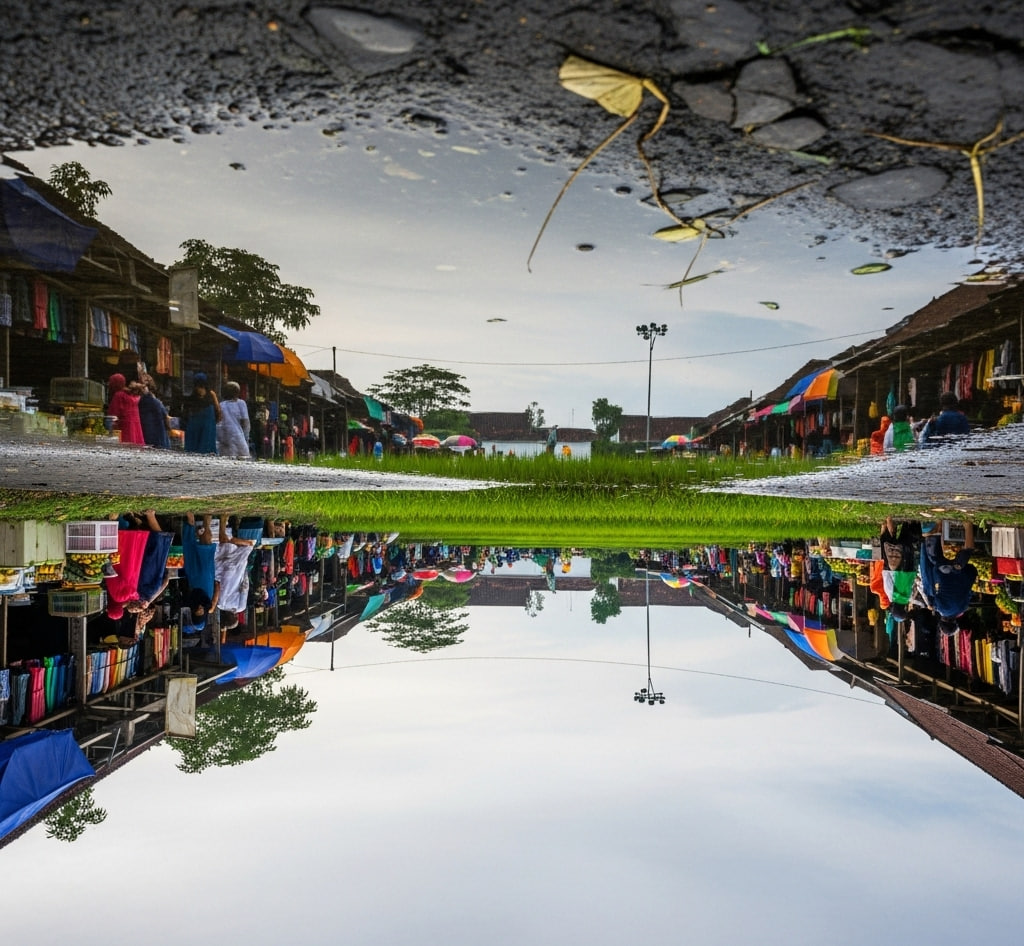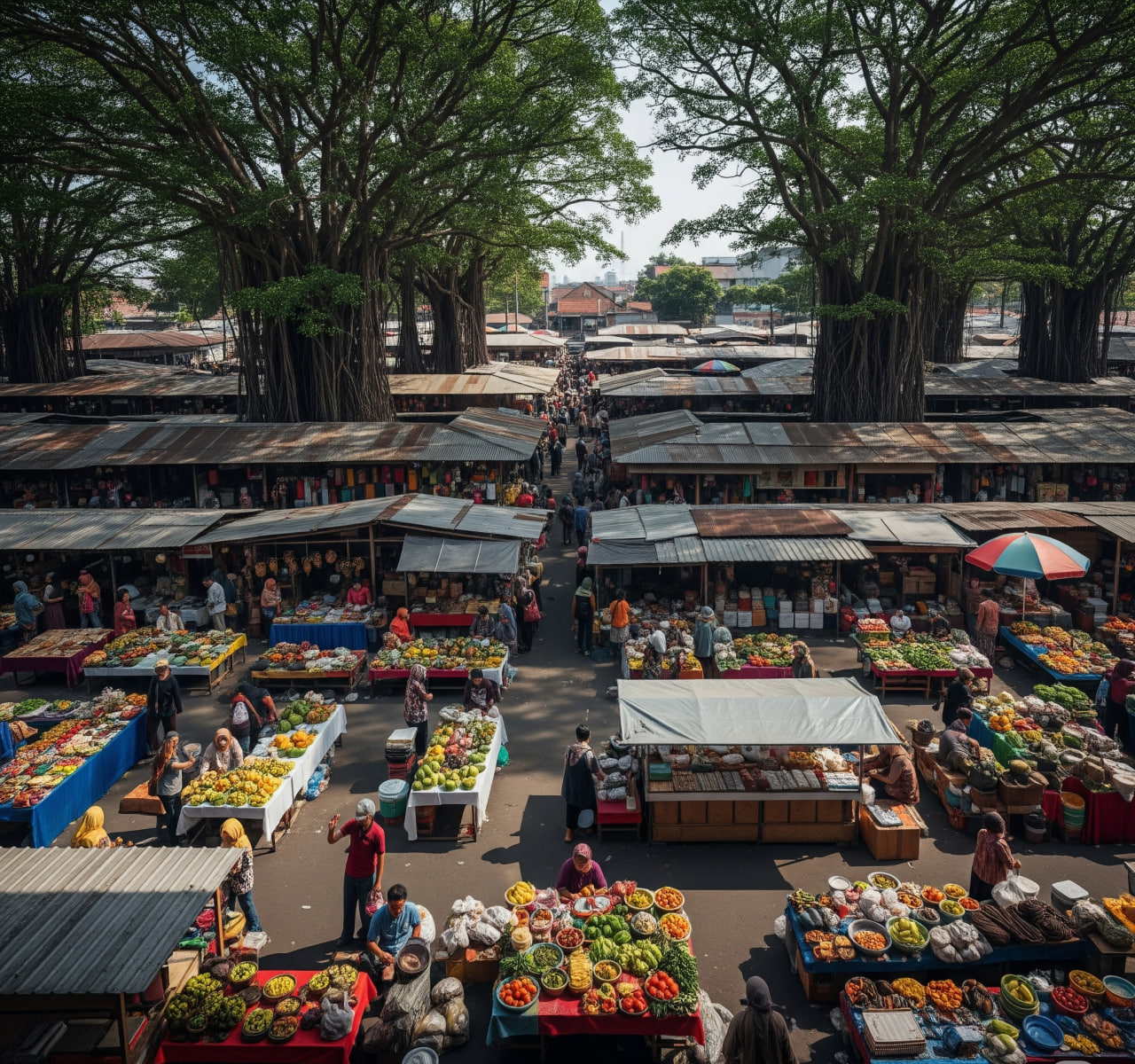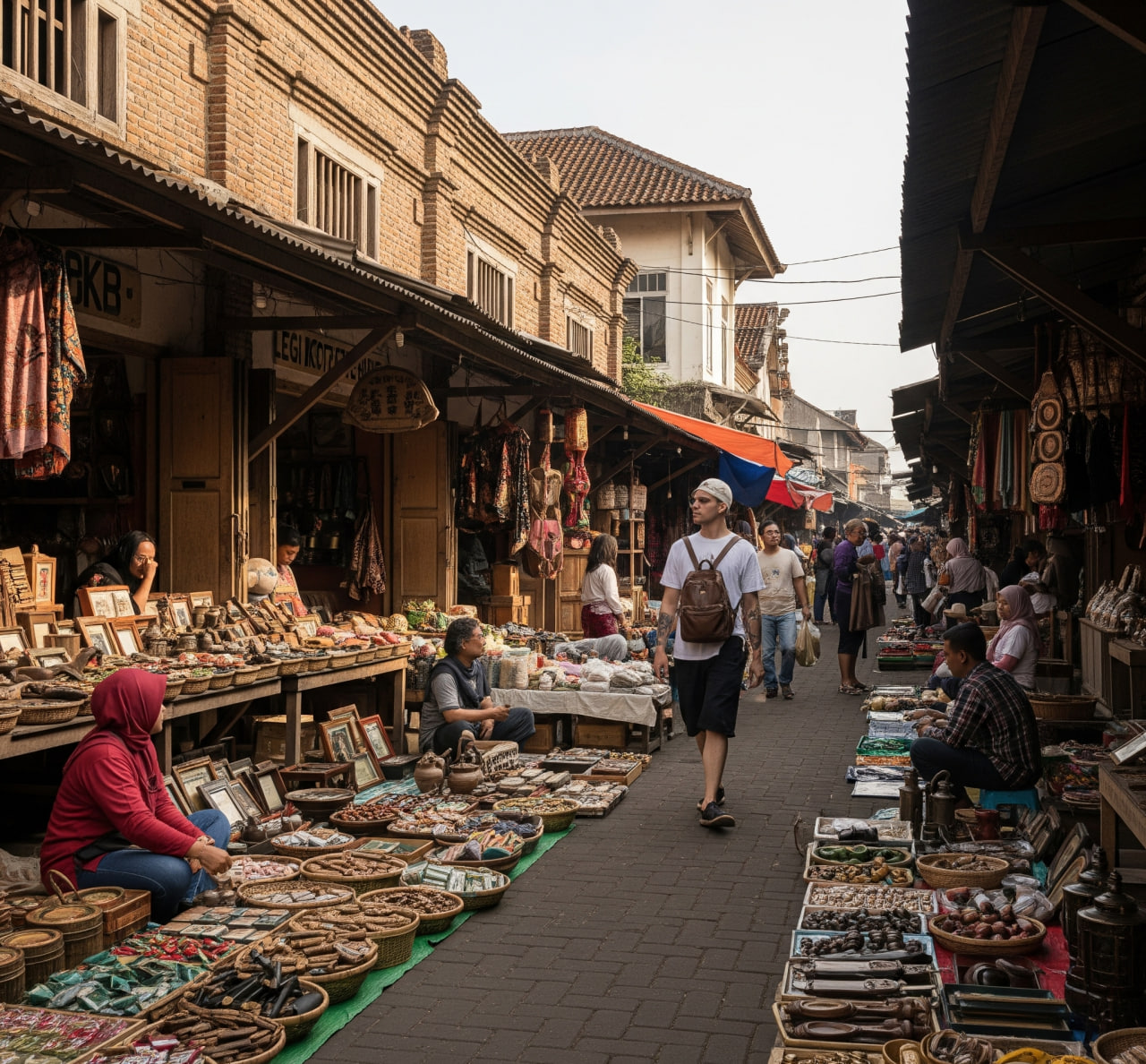News
Javanese Language and Unggah-Ungguh: Politeness That Still Lives in Jogja
Jogja truly has an endless charm. Besides gudeg and Malioboro, there’s another thing that makes this city special: the Javanese language. It’s not just an ordinary language but one with different levels of politeness—what the Javanese call unggah-ungguh. Try listening to conversations in markets or food stalls, from young children to the elderly, and you’ll still notice how the rules of politeness are deeply embedded in their speech. Even in this fast-paced era, unggah-ungguh remains an essential part of daily life in Jogja. Cool, right?
Unggah-ungguh is all about how we speak according to the situation and whom we are talking to. There’s ngoko, the casual level used among peers or younger people. Then, there’s madya, a middle-level speech for semi-formal situations or people you’re not too familiar with. And the most refined form is krama, used when speaking to elders or respected individuals. For example, saying mangan (eating) in ngoko becomes nedha in krama when addressing grandparents. This isn’t just about words—it’s about deeply ingrained respect in Javanese culture. That’s why the language is not just a means of communication but also a reflection of etiquette.
In Jogja, unggah-ungguh is still used daily. Take Pasar Beringharjo, for instance. Vendors effortlessly switch their speech style. With younger buyers, they might say, "Mbakyu, tuku sayuran iki piro?" using ngoko or madya. But when serving older customers, they instantly shift to krama: "Bapak, badhe tumbas menapa niki?" Smooth, right? The same applies within families. Children are taught to use krama when speaking to their parents, like "Bapak, kulo ajeng dolan." Simple but warm and respectful.
Even in formal events, unggah-ungguh remains prominent. Ever heard a speech in Javanese krama at a wedding or gathering? The MC might say, "Para rawuh ingkang minulya, kula ngaturaken sugeng rawuh," meaning, "Honorable guests, I warmly welcome you." The tone and word choices make the event feel more solemn. This tradition is very much alive, to the point that even young Jogjanese who usually speak casually often switch to krama instinctively when talking to elders.
However, it can’t be denied that there are challenges in preserving unggah-ungguh. Indonesian and modern slang are creeping into daily conversations. Some might say, "Why bother with krama when everyone understands ngoko?" But that’s exactly where its beauty lies. Unggah-ungguh is like a heritage that makes Jogja unique. Imagine if everyone used the same level of speech all the time—the nuances of respect and cultural awareness could fade. Fortunately, the people of Jogja still hold onto this tradition, from coffee stalls to university halls.
So, next time you visit Jogja, try paying attention to how people speak. Notice the difference between arep and badhe, or mangan and nedha. The Javanese language, with its unggah-ungguh, proves that politeness isn’t just about actions but also words. Let’s support this tradition so it continues to thrive—who knows, you might even find yourself using krama with a gudeg vendor one day!


